
 I’ve said it before and I’ll say it again: “The moment you sell your first ticket, you are no longer a club; you are a business.” Because leagues are volunteer organizations, it’s easy to lose focus on business responsibilities.
I’ve said it before and I’ll say it again: “The moment you sell your first ticket, you are no longer a club; you are a business.” Because leagues are volunteer organizations, it’s easy to lose focus on business responsibilities.
Don’t confuse business with boring. I promise this post on fundraising will not put you to sleep, but will help you measure league activities in a way so that you get more sleep.
Fundraising ROI
If you are not familiar with the term “Return on Investment (ROI),” add it to your basic business vocabulary.
If your league buys an old school bus for $2,000 that brings a bar crowd who spends $3,000 in tickets and merch that season, your ROI is 50% for that time period. In other words, you’ve covered your investment and made 50% more.
Let’s not get bogged down by the oil changes and the one flat tire you replace (someone always brings too much reality into my perfect-world examples). ROI is an easy way to measure the efficiency of money spent and “bang for your buck” scenarios.
True ROI measures money performance, plain and simple. It’s profit divided by your investment to create a percentage. The percentage helps determine where your money is having its greatest impact. You should use it to measure everything from the performance of individual merch pieces to your venue options vs. derby ticket sales.
The one important factor basic ROI doesn’t measure: your time.
Using Person Hours to Determine ROI
In derby, time is the greatest investment. In a paid business, you can factor time into an investment by including the wages of those contribute to work that goes into a project. In derby, you invest hours of volunteer time.
What if you measured the success of your fundraising efforts based on return for the number of person-hours invested. Of course, the idea here is to make more with less, right? Here’s an example:
Car washes. Fun? Sure. Worth your time? That depends. You hold a car wash on a beautiful, sunny Saturday for six hours. You staff the car wash so that there are always six people helping, or 36 hours volunteered. On a great day, I’d estimate a car wash would make $400 in six hours. Your volunteers’ efforts generate nearly $11 for every person hour or $67 per person for the entire day.
Was that worth everyone’s time? That is something you need to decide. This is the simple formula; it doesn’t include the time volunteers spent getting to and from the wash, supplies needed (subtracted from your money made), nor bad weather.
But now, at least you have a measure.
Get Creative
Each of you only has so many hours to give. Determine the most efficient use of time so that you work only on fundraisers that raise funds.
As fun as they may be for some, garage and bake sales take a lot of time and generate little funds. Is it a good use of your league members’ time considering you also need them to practice and assist in bout production? Probably not, unless your league attracts PR or exposure.
Think about it, if you take four volunteers to work the game crowd for a 50/50 raffle, as opposed to just buying tickets at the merch booth, that four hours of total volunteer time will produce hundreds of dollars. Would you rather put four hours into the raffle or 50 hours into organizing and manning a garage sale that produces less money? If 50/50 raffles are not legal in your state or part of the world, consider a public appearance where volunteers also sell tickets to your next game and some merchandise.
Don’t limit fundraising to the ideas your members can come up with. In Madison, where I live, the local soccer club raises money by selling concessions at the arena, helping distribute sales flyers and coupons at a department store, and gift wrapping presents during the holidays at a mall.
These activities are structured, so you don’t have to plan nor do preparatory work, they pay an hourly wage, and once you have your foot in the door, they can recur every year. Plus, your league will gain community exposure—have them wear league shirts or boutfits.
Time is money when it comes to fundraising, but time is also part of balancing life in derby and outside of the sport. Remember, roller derby is not a hobby, it is a lifestyle. Your league members need time to maintain friendships, time with family and “me time.” The smarter you are about using your time can mean making more money with less fundraising and volunteer time.
Then you’ll enjoy more financial stability and the flexibility to shift time back to members or do something else more productive for the league.
Comment below and share your fundraising tricks. We’d love to hear them.
Roller Derby >





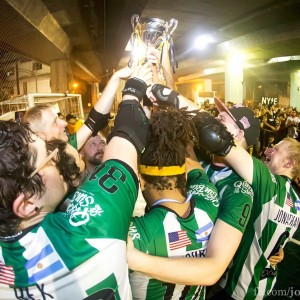
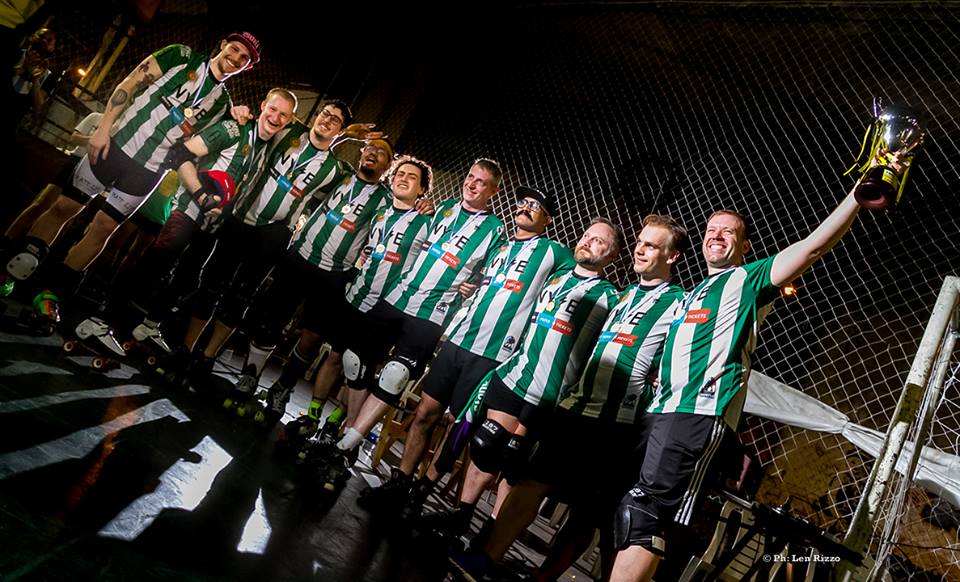




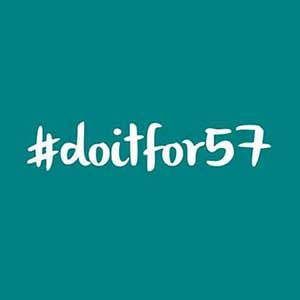
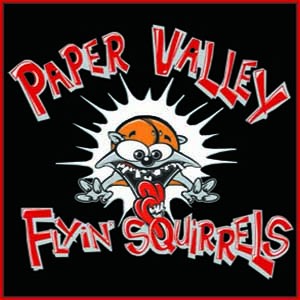
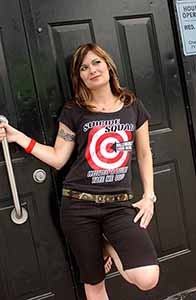


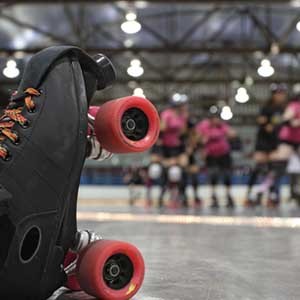
 Arts
Arts Comedy
Comedy Event Tips
Event Tips Film
Film Food & Drink
Food & Drink Good Causes
Good Causes Music
Music News
News Radio
Radio Roller Derby
Roller Derby